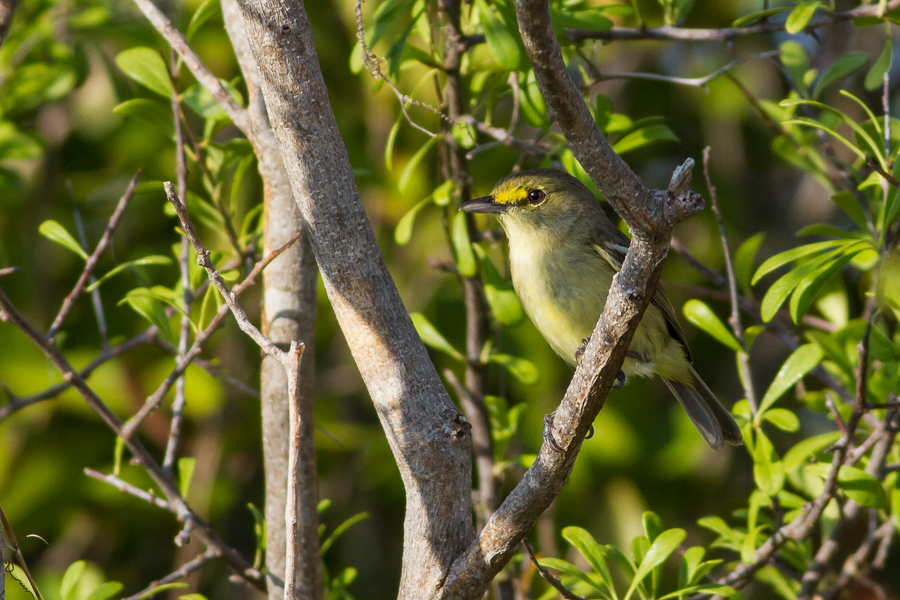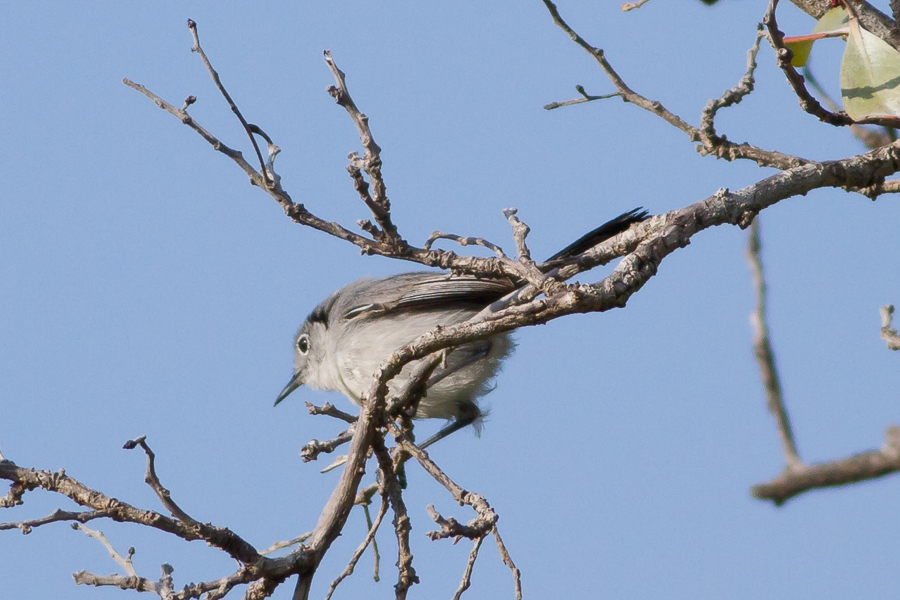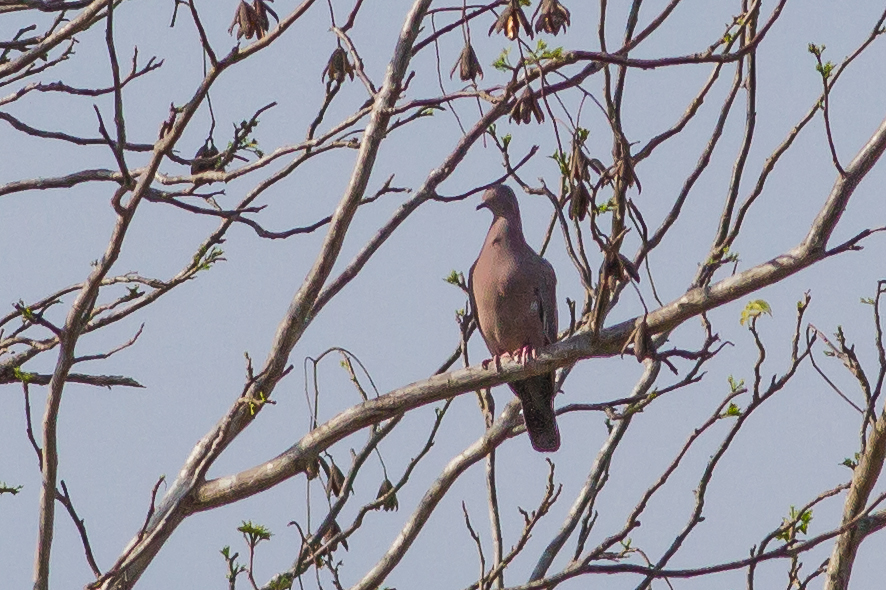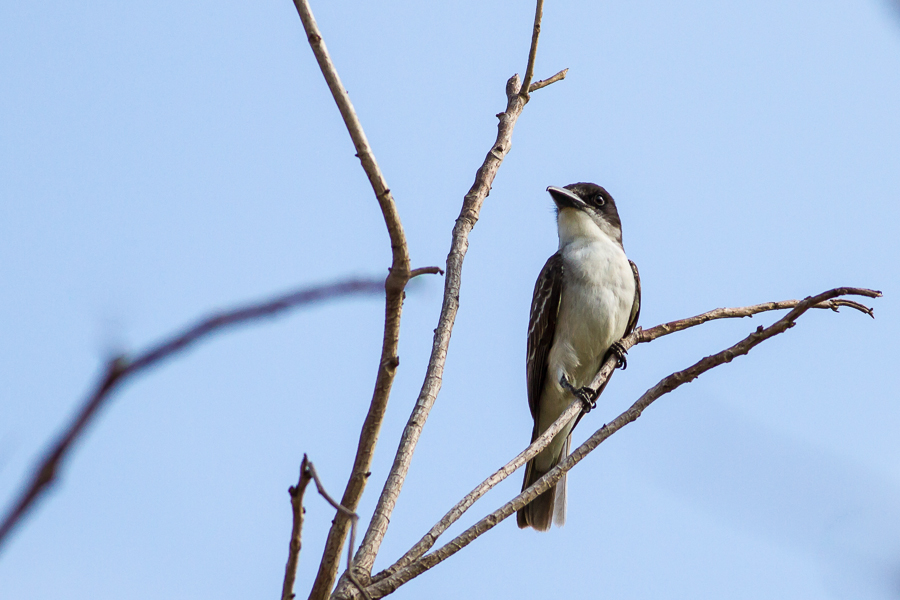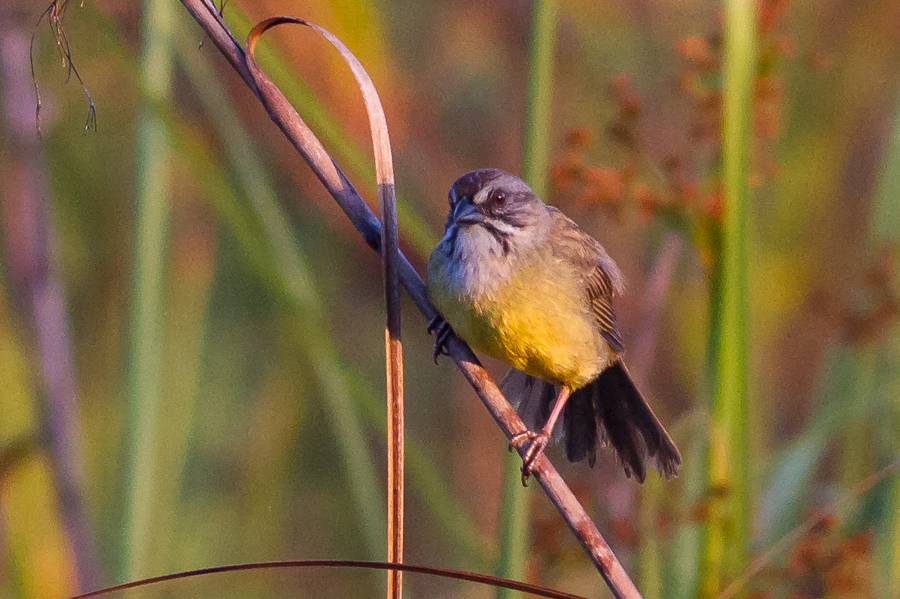Today I get a wake up call at 5:45. For one of the few times this trip I actually need it. I’m in the middle of a strange dream in which Doc Martin has just learned that Louisa has died in childbirth, but the baby lived. (Must take place after Season 3 in an alternate Season 4.) But I have no idea what happens after that because for once the wakeup call is on time.
We have a plausible buffet breakfast with enough eggs and chorizo to fortify me for the drive to Cayo Coco, about three hours and 180km or so. At the rest stop I give in and buy an ice cream bar. I tell myself it’s just to get change for the restroom, but I could have bought the $0.25 razor instead, or just remembered to bring change from my backpack on the bus. I also amuse myself by investigating all the brand knock-offs in the Oro Negro (Shell colors).
Just before we enter the causeway to Cayo Coco, we are stopped at the first real checkpoint we’ve seen since clearing customs. The car in front of us has to unload all its baggage to be sniffed by a Springer Spaniel, but eventually we get waved through without incident. (This may be a Communist nation, but overall I’ve seen way fewer police than in the U.S. and probably half of the police I did see were just waiting to get on a public bus like everyone else. Cuba certainly doesn’t feel like a police state.)
We arrive at the Sol Cayo Coco around 11:00 AM. It’s a typical Caribbean all-inclusive resort, much fancier than where we have been staying. (The Hotel Plaza in Camaguey looked like it had once been very grand, but had clearly passed its prime.) We can’t check in yet, but we get yellow armbands so we can eat and drink all we want. I want coffee, which I had abstained from prior to the long drive.
We’re too early to get rooms, and lunch isn’t till 12:30 so I bird the grounds some. Nothing too interesting but I do get some nice Royal Tern shots:
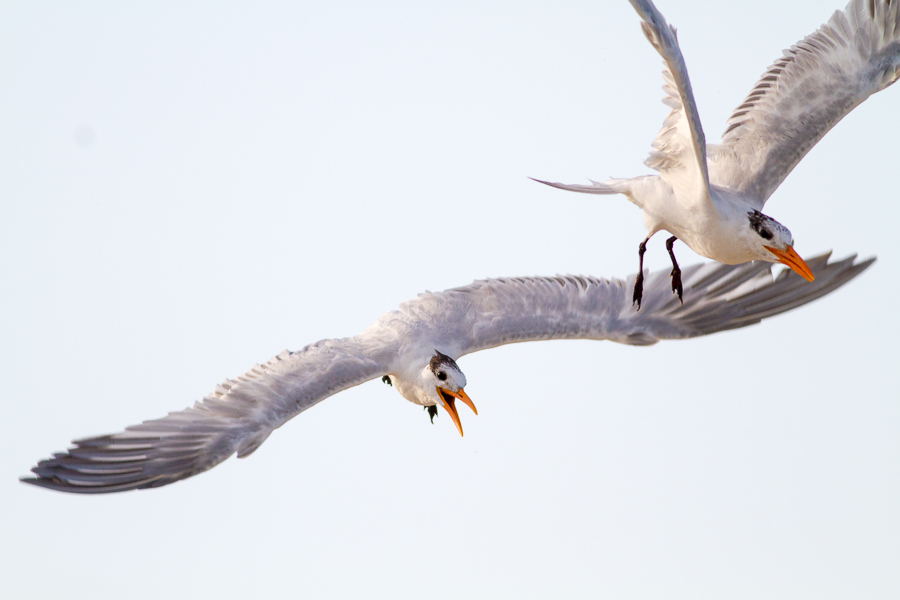
After lunch we meet the local guide about 1:00, who promptly walks us around the corner to a site for not one but two! Oriente Warblers, #838, so named because they only occur in the eastern half of Cuba.

(more…)
